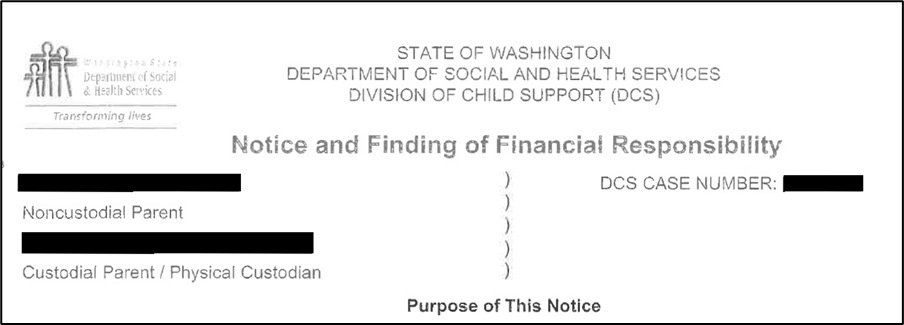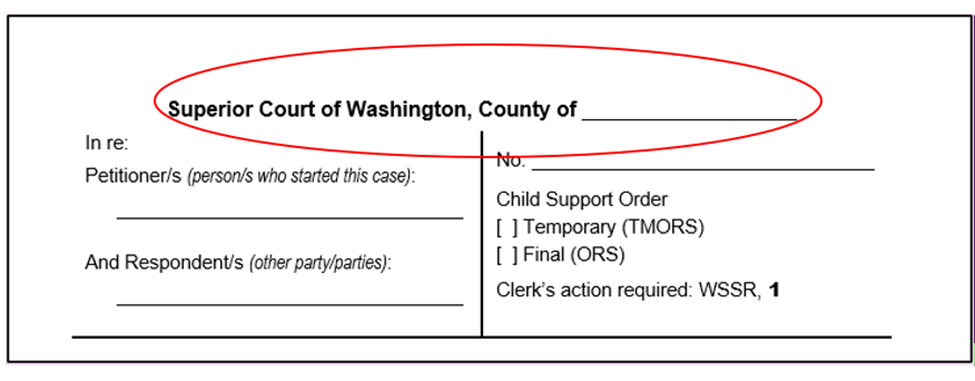Get child support after high school
Reviewed for legal accuracy on
Read this in: Español
Learn when and how you can change your child support order so that one or both parents pays for educational expenses beyond high school, called post-secondary educational support.
We say “parent” here to refer to either parents or a guardian of the child who needs support after high school.
Most child support ends when a child graduates from high school. A child who is still dependent on their parents after that and needs financial support for education after high school may be able to get “post-secondary educational support.”
If a judge orders post-secondary educational support, either or both parents will be responsible for the child’s educational expenses after high school. This would include college or vocational school tuition. It would also include costs for school housing, books, and supplies.
If your child support order doesn’t cover post-secondary educational support, you can ask a judge to change (modify) the order to include it.
Fast facts
Yes. You can’t get post-secondary educational support in an administrative child support order from the Division of Child Support (DCS). Support under that type of order ends when the child turns age 18, or if the child is in school full-time, age 19.
An administrative order is a “Notice and Finding of Financial Responsibility”, a “Notice and Finding of Parental Responsibility” or an “Initial Decision and Order.” Here’s what the top of the first page (the caption) might look like:

If you only have an administrative order and you want post-secondary support, first you must file a court case to get a child support court order. Answer a few questions on our Get family and safety forms tool to get the right forms for your situation.
In Washington, a court order is a Child Support Order from a Superior Court. It will say this on the first page, towards the top.

You can ask to change an existing court order of child support to include post-secondary educational support. To do this, you can file a Petition to Modify Your Child Support Court Order. Answer a few questions on our Get family law forms tool to get the right forms for your situation.
Usually, your petition must say a “substantial change of circumstances” has taken place. This means a big change in your situation. It must also say that your child is still dependent on you and the other parent for support, and will need financial help for post-high school education. It doesn’t matter if you previously agreed the court should not grant post-secondary support.
- If your court order reserved your right to ask later for post-secondary support, you won’t need to show a substantial change in circumstances. When you fill out the petition, check the second box in section 8.
- If your court order stated the parties had to pay post-secondary support, but not how much, and you and the other parent don’t agree on how much you each should pay for post-secondary support, check the third box in section 8 when you fill out the Petition.
Only a parent or guardian can file. If the parent or guardian can’t file due to circumstances such as death, jail, or abandonment, the child should try to talk to a lawyer.
You must file it before the current child support order ends.
- If the current support order ends when the child turns 18, you must file before their 18th birthday.
- If the child support order ends when the child graduates from high school, you must file at least a month before graduation. Then the child can know what financial help to expect for their post-high school education.
The judge decides if the child is “in fact dependent” and relying on the parents for necessities. The judge considers things such as these:
- Child’s age.
- Child’s needs.
- The parents’ expectations for the child when they were still together.
- Child’s prospects, desires, skills, abilities, or disabilities.
- What kind of post-high school education the child wants.
- Parents’ level of education, standard of living, and resources.
- How much and what kind of support the child would have had if the parents stayed together.
You should file a declaration addressing the factors above. You should also file any written proof of the above factors or other reasons why your child should get this support. Here are some examples:
- Child’s acceptance into a full-time program at a college, university, or tech school.
- Scholarships your child won, and how they will help.
- Loans your child has applied or will apply for, and what the child needs to get the loans.
- Awards your child won in high school showing the child’s abilities.
- Any court documents you gave the court in past child support actions. (Example 1: A financial declaration would show the parent’s level of education and standard of living. Example 2: The current child support order might say post-secondary support is reserved. This would show that the parties expected to have to pay support after high school.)
- Tuition and other school-related costs. Schools usually provide a breakdown of tuition and school-related costs in the admission packet. It might look like this:
| Items | Traditional Undergraduate | Undergraduate Living w/Parents |
|---|---|---|
| Tuition and Fees | $5,610 | $5,610 |
| Books | 900 | 900 |
| Room and Board | 7,164 | 2,613 |
| Personal Expenses | 2,265 | 2,265 |
| Transportation | 396 | 396 |
| Total | $16,335 | $11,784 |
The judge looks at and may follow the child support schedule. The judge will also look at both parents’ ability to pay.
The judge may decide to divide the responsibility between the parents according to your income. If one has a lot more income than the other, one will pay more.
The judge may not order any post-secondary support if the parents can’t afford to pay.
The judge shall order payment directly to the school, or, if that’s not possible, to the child if they don’t live with a parent. If the child lives with a parent, the judge may order payment to the child or parent.
Yes. Your child must be all of these:
- Enrolled in an accredited academic or vocational school.
- Actively working on a course of study that matches your child’s vocational goals.
- “In good academic standing” as the school defines it.
- Making their academic records, including grades, available to both parents.
Support automatically stops if your child doesn’t meet one of these.
Only up to your child’s 23rd birthday, except in exceptional cases, such as when your child has mental, physical, and/or emotional disabilities. If yours is an exceptional case, you should try to talk to a lawyer.